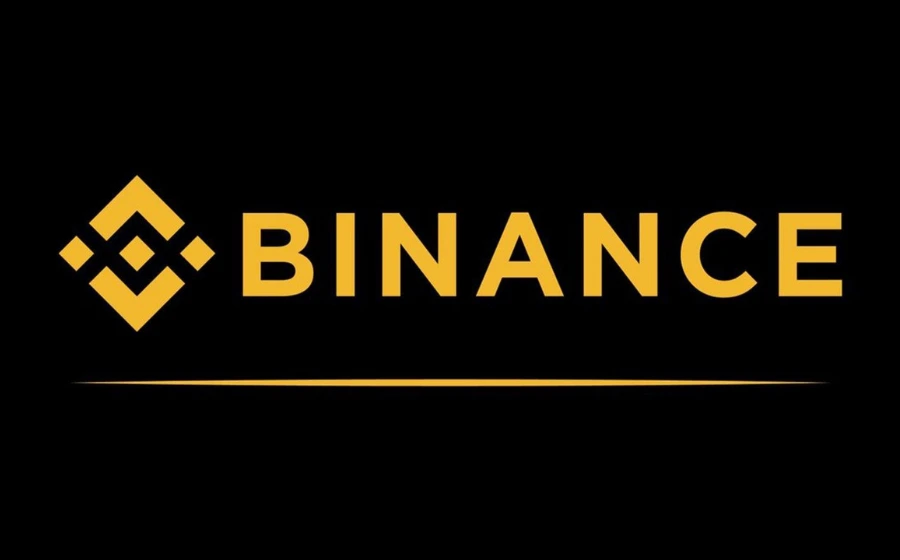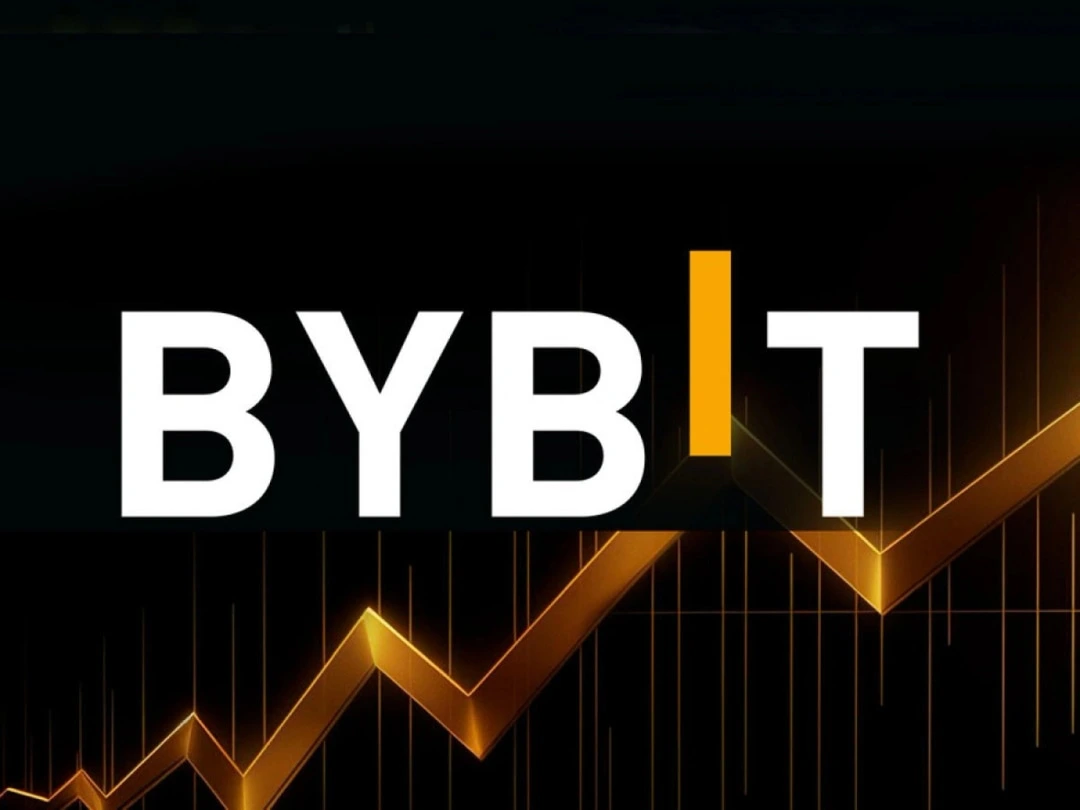
KEYTAKEAWAYS
- Leverage trading crypto amplifies both profits and losses, allowing traders to control larger positions with less capital, but requires careful risk management strategies.
- Setting appropriate leverage multipliers, stop-loss points, and position sizes is crucial for protecting capital and maintaining sustainable trading performance.
- While leveraged trading crypto offers increased buying power and opportunities, it demands experience, emotional discipline, and thorough market understanding.

- KEY TAKEAWAYS
- LEVERAGE TRADING CRYPTO: WHAT HAPPENS WHEN THE PRICE RISES?
- LEVERAGE TRADING CRYPTO: WHAT HAPPENS WHEN THE PRICE DROPS?
- OBJECTIVELY UNDERSTANDING LEVERAGE TRADING CRYPTO
- 3 TIPS FOR LEVERAGE TRADING CRYPTO
- RECOMMENDED LEVERAGE TRADING CRYPTO PLATFORMS
- FINAL THOUGHTS ON LEVERAGE TRADING CRYPTO
- DISCLAIMER
- WRITER’S INTRO
CONTENT
Understand what is leverage trading crypto in crypto markets – from amplified profits to risk management. Learn how multipliers work, essential strategies for success, and top platforms while understanding crucial advantages and disadvantages.
Leverage trading refers to borrowing funds to conduct a trade, allowing you to control a larger position with a smaller amount of your own capital.
For example, with a leverage ratio of 1:5 (5x leverage), 1:10 (10x leverage), or 1:50 (50x leverage), you can control a larger trade volume with a smaller principal.
This means that you can increase your potential returns by trading with larger positions than your own capital.
LEVERAGE TRADING CRYPTO: WHAT HAPPENS WHEN THE PRICE RISES?
Assume the current price of Bitcoin is $80,000, and it rises by 10% to $88,000. If you have $10,000 for spot trading, your profit will be $1,000 (the difference between $80,000 and $88,000).
However, if you use 10x leverage, you still use $10,000 as a margin, but you can control a $100,000 position in Bitcoin. So, when the price of Bitcoin increases by 10%, your profit becomes $10,000, not just $1,000. Leverage trading amplifies your returns.
LEVERAGE TRADING CRYPTO: WHAT HAPPENS WHEN THE PRICE DROPS?
If the price of Bitcoin falls 10% from $80,000 to $72,000, here’s how leverage amplifies the loss:
Spot Trading: If you have $10,000 for spot trading, your loss will be $1,000 (the difference between $80,000 and $72,000).
10x Leverage Trading: Using $10,000 as a margin, you control a $100,000 position. When the price drops to $72,000, your loss will be $10,000—which could wipe out your entire investment and lead to a forced liquidation by the exchange.
OBJECTIVELY UNDERSTANDING LEVERAGE TRADING CRYPTO
-
Leverage Trading Crypto Advantages
1. Increased Buying Power
Leverage trading crypto significantly boosts your buying power, enabling you to participate in larger trades even with a small amount of capital. By borrowing funds, you can control larger positions, giving you access to more trading opportunities.
- More Investment Opportunities
Leverage trading crypto provides more profit potential, allowing you to take advantage of more market opportunities. Even with limited funds, you can engage in multiple trades and capture more opportunities in a volatile market.
- Flexibility
Leverage trading crypto provides flexibility for investors to adjust their strategies in various market conditions. It increases capital efficiency, making it easier to adjust to different market movements.
- Expands Account Size
Leverage trading crypto allows you to grow your account size faster, potentially providing higher returns. However, this also comes with higher risk, as losses are similarly magnified.
-
Leverage Trading Crypto Disadvantages
- Magnifies Loss Risk
Leverage trading crypto not only magnifies your profits but also amplifies your losses. If the market moves against you, the losses can escalate quickly, potentially wiping out your entire capital.
- Higher Complexity
Leverage trading crypto increases the complexity of your trades. You need to understand market trends, leverage ratios, and associated risks deeply to make informed decisions.
- Not Beginner-Friendly
Leverage trading crypto is riskier for beginners. Without enough experience, traders can easily face significant losses in a short period of time.
- Requires High Risk Tolerance
Leverage trading crypto demands strong psychological resilience and risk management skills to cope with the volatility of the market. Without proper risk control, the pressure can be overwhelming.
3 TIPS FOR LEVERAGE TRADING CRYPTO
1. Use an Appropriate Leverage Multiplier
- Lower Leverage
While leverage can amplify profits, it also amplifies risks. If the market moves against you, the losses can grow rapidly. Therefore, selecting an appropriate leverage multiplier is crucial.
For example, using 2x leverage means that a 10% market move would result in a 20% loss.
On the other hand, using 10x leverage would mean a 10% market movement could result in a 100% loss.
To reduce risk, it’s recommended to adjust the leverage multiplier based on the market’s volatility.
- Adjust Leverage Based on Market Volatility
If the market is stable, you may use higher leverage; but if the market is volatile, it’s better to use lower leverage to avoid larger losses when the market moves unexpectedly.
- Avoid Over-Leveraging
High leverage may yield significant short-term returns, but it can also lead to quick liquidation if the market experiences large fluctuations.
To mitigate this risk, keep leverage within a reasonable range and control your position size to ensure that losses won’t affect your entire portfolio.
2. Set Stop-Loss and Take-Profit Points
- Stop-Loss Importance
A stop-loss is a tool that helps protect your investment from large adverse price movements.
By setting a stop-loss point, you can automatically close your position and limit losses.
The stop-loss point should be determined based on market volatility and your risk tolerance. For example, you could set a stop-loss at 10% to prevent larger losses.
- Trailing Stop
For markets with large fluctuations, you can use a trailing stop to lock in profits while reducing losses.
As the price moves up, the trailing stop automatically adjusts, allowing you to keep some profits as long as the price keeps increasing.
If the price reverses, the stop-loss point remains fixed to prevent additional losses.
- Take-Profit
Setting a take-profit point ensures that you lock in profits when the market reaches your target.
The take-profit point should be determined based on market trends and your profit goals.
By setting take-profit points according to the risk-reward ratio, you can protect profits while avoiding potential reversals.
- Risk Control and Emotional Management
Setting stop-loss and take-profit levels not only serves as a protective tool but also helps maintain emotional discipline.
This prevents emotional decisions that could result in unexpected losses.
3. Control Your Position Size Properly
- Moderate Position Control
Position size control is crucial to avoiding liquidation. If you take on too much leverage, especially in a volatile market, you could face a forced liquidation due to insufficient margin.
Position size should be based on your total capital, leverage level, and market volatility. It’s recommended to avoid allocating too large a proportion of your portfolio to a single leveraged trade, as it could lead to significant risk exposure.
- Gradual Position Building
Instead of opening a large position all at once, you can gradually build your position to diversify risk.
This can help you minimize potential risks when entering the market, and you can adjust your position according to market movements. If the market moves unfavorably, you can scale down or close part of your position to limit further losses.
- Adjust Position Size Based on Market Volatility
The market’s volatility directly affects position size control. In a volatile market, it’s better to reduce your position size to avoid excessive risk.
In more stable or trending markets, you can increase your position to capitalize on larger potential profits.
RECOMMENDED LEVERAGE TRADING CRYPTO PLATFORMS
1. Leverage Trading Crypto Platform #1 Bitget
Offers spot, futures, and margin trading with up to 125x leverage, suitable for experienced traders.
2. Leverage Trading Crypto Platform #2 Binance
One of the largest global crypto exchanges, supporting spot, futures, and margin trading with up to 125x leverage, ideal for a wide range of investors.
3. Leverage Trading Crypto Platform #3 OKX
Provides up to 100x leverage, powerful trading engine, and liquidity, suitable for larger traders. The platform also supports DeFi and staking.
4. Leverage Trading Crypto Platform #4 Bybit
Known for its innovative trading platform, offering up to 10x leverage with a clean interface and high security.
These platforms all offer leverage trading, but due to the high risk associated with leverage, users must exercise caution and ensure they have proper risk management strategies in place.
FINAL THOUGHTS ON LEVERAGE TRADING CRYPTO
Leverage trading crypto offers powerful opportunities for amplifying returns, but success demands careful strategy and risk management. Whether you choose Bitget, Binance, OKX, or Bybit, remember that sustainable trading comes from proper position sizing, careful leverage selection, and consistent use of stop-loss orders.
As the crypto market evolves in 2025, consider your risk tolerance and trading experience before engaging in leverage trading. With proper education and disciplined execution, leverage trading crypto can become a valuable part of your cryptocurrency strategy, but always remember to never risk more than you can afford to lose.
▶ Buy Crypto at Bitget
CoinRank x Bitget – Sign up & Trade to get $20!





















